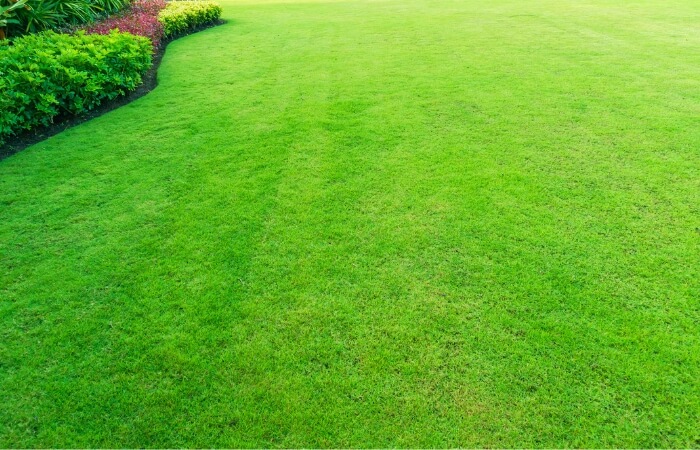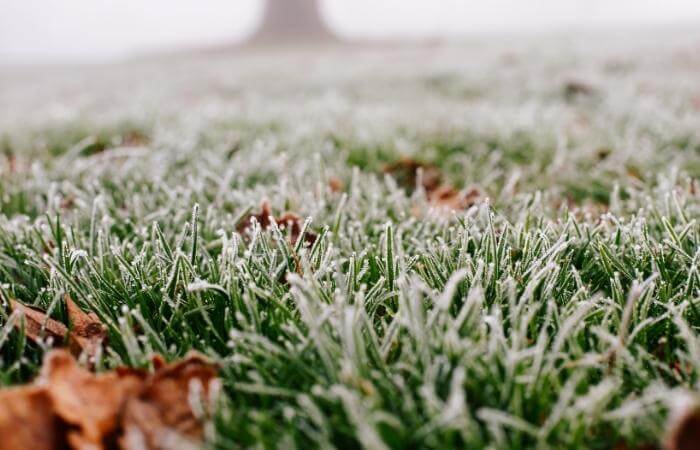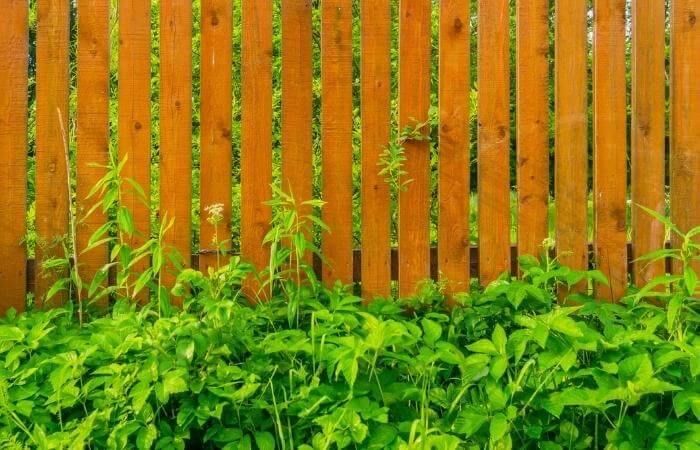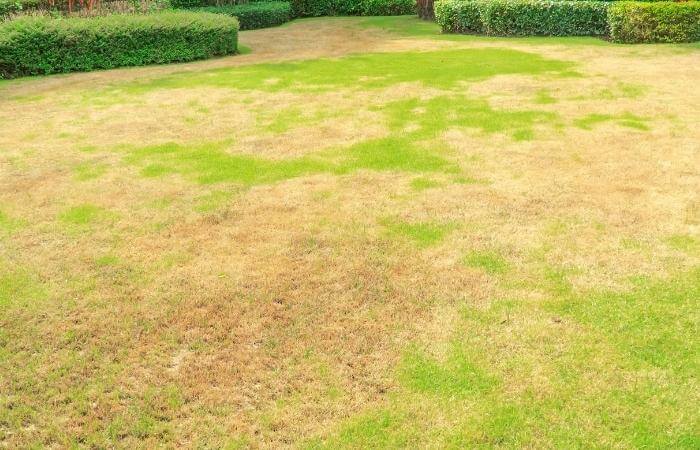Thin or bare patches in your lawn are ugly and can ruin the look of your yard, but can you just sprinkle grass seed on top to fix the problem?
As I can personally attest, tossing grass seed on the lawn without some prep works poorly, and there are several reasons why.
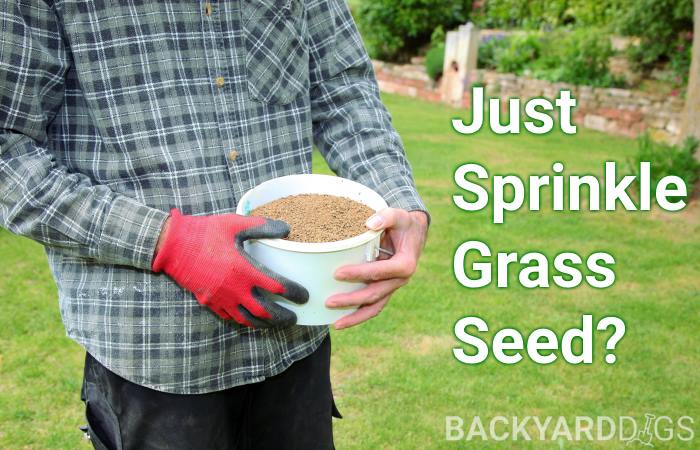
Down below, I explain the pros and cons of taking the lazy approach to setting grass seed and whether or not frost affects grass seed germination. I also give a few quick tips to help you have better success when sprinkling grass seed on your lawn, so let’s start!
Will Grass Seed Grow If You Just Throw It On The Ground?
Yes, many of the seeds will germinate, and grass will begin to grow if you just throw seed on to the ground. But, the long-term success of the plant will be disappointing, especially if you have poor soil conditions.
Here are the pros and cons of just tossing seed onto your lawn:
Pros:
- Takes little time
- Easy to spot-treat a specific area
- Works well when trying to fill in between the blades of sparsely growing lawns
- The free meal helps fatten up the birds and squirrels in your yard
Cons:
- Easier for seeds to dry out which deters germination
- Root development and overall health of the plant is weaker
- Needs more vigilant maintenance to maintain good moisture until the grass establishes
- You can lose many of the seeds to birds, squirrels, rain, or wind before germination
- Overall cost will increase since you will most likely need more seed as the grass dies out or fails to germinate
As you can see, there are reasons you need to properly prep your soil for grass seed to avoid wasting your money and time. Expect a high rate of failure when you just throw down seed randomly.

In my yard, I foolishly took the short-cut of just tossing a fairly pricey grass seed and fertilizer blend on top of a bald spot on my lawn. My excitement of watching those first blades of grass filling in the area quickly turned to despair! Within days the new grass withered and died, even with careful watering.
It was such a waste, but I did finally succeed with my next attempt when I took the extra few minutes to prep the area correctly. Learn from my mistake and follow my quick tips below!
Related | Hydroseeding vs Sod For Patchy Areas
Will Frost Kill Grass Seeds?
Frost will not kill grass seed that hasn’t begun the germination process. The timing of laying grass seed during seasons of potential frost is critical.
Seeding In Fall Or Early Winter
Never put down grass seed that has the potential to start growing then be hit by a frost, as could happen in late winter in many regions of the country. Tender new shoots cannot withstand a freeze, and the plant will die, leaving you back at square one.
Give your grass seed at least 45 days to grow and strengthen its root system before exposing it to frosty conditions. Remember that cool-season grass variety seeds will go into dormancy when they experience days of cold conditions, which could also kill off the delicate new plant.
Seeding In Late Winter Or Early Spring
It is a bit safer to put out seed at this time of year since germination can take several weeks, at which time the last frosts should have passed.
While there is no guarantee a frost won’t wipe out your efforts, your chances are much better for success if you toss out your seed no more than two weeks before the last potential frost in your area.
Quick Tips For Setting Grass Seed
If you don’t want to toil for hours prepping your soil, but also want a better chance of your grass seed taking root and thriving, consider these quick tips:
- Break up the soil – Use a metal rake to dig into the soil and break up the top one or two inches. Doing this will allow the grass seed to penetrate into the ground, giving the roots a better chance to develop and grow deeper without drying out.
- Provide cover – If you prefer, you can sprinkle your seed and then top it with a bit of enriched topsoil or straw to create a barrier that helps protect the seeds. The cover will improve moisture retention, add some nutrients, deter birds and animals from feasting, and help the roots grow deeper, which results in a more durable grass.
- Watch the water – Never, ever, ever let that grass seed or the soil around new sprouts to dry out. Adversely, you must also be very careful not to overwater, which will rot out the roots or the seed before germination can take place.
A shallow, light watering several times a day may be necessary to keep the moisture levels ideal. Using a soil moisture meter is helpful to monitor the situation.
In Summary
If you live in a magical place where you have perfect climate and soil conditions, you should have marginal success growing grass by just sprinkling the seed about your property. For the rest of us, why take the chance it the seed may fail to germinate or die off quickly?
Follow the tips in this guide to help you keep your lawn looking fantastic by treating your grass seed properly, so it has the highest chance of healthy growth. Don’t waste money and take the time to care for your grass seed the right way; you’ll be glad you did!
